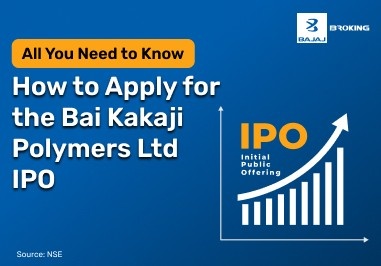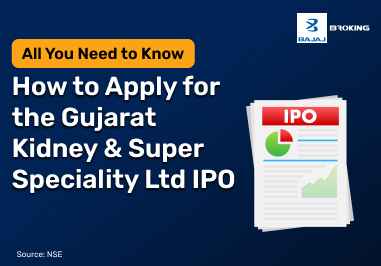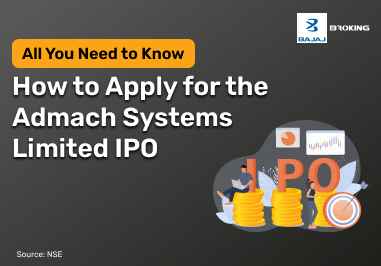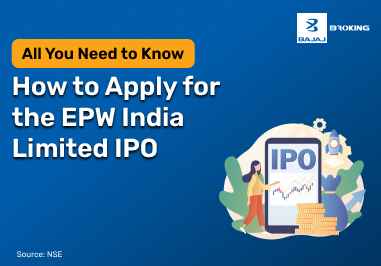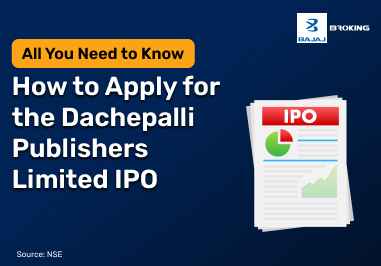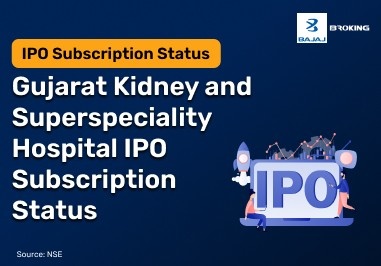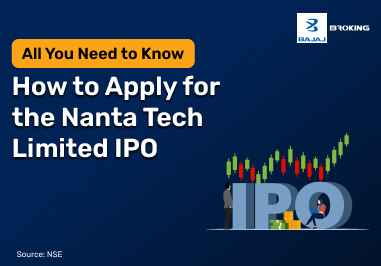Benefits of investing in New Fund Offerings
Investing in NFOs can present several key benefits:
Early investment advantage
NFOs introduce new mutual fund schemes or investment products. By participating in NFOs, investors can access new investment opportunities, but it’s important to note that initial costs are not always lower compared to existing funds.
Potential for enhanced returns
NFO mutual funds are launched with specific goals or themes, which may offer the chance for higher returns if the underlying assets perform well. Early investors have the opportunity to tap into potential growth.
Exposure to unique strategies
NFOs often focus on particular investment strategies, sectors or themes that are not commonly available through existing funds. Investing in an NFO can provide access to these specialised opportunities.
Lower expense ratios
Initially, expense ratios in NFOs are determined by SEBI regulations, and while some NFOs may offer competitive fees, they are not guaranteed to have lower expense ratios compared to established funds.
Key Features and Benefits of Investing in an NFO
NFOs provide investors with unique opportunities to explore innovative investment strategies, new asset classes, and structured investment plans. Here are some key features and benefits to consider before investing:
Flexibility
NFOs provide fund managers with the flexibility to strategically allocate investments. In closed-ended funds, managers can choose to retain a portion of the capital raised during the NFO period, allowing them to invest when market conditions are more favourable. This approach enables managers to navigate volatile markets effectively, aiming to optimise returns for investors.
New Asset Classes
NFOs offer investors access to emerging asset classes and innovative investment themes that may not be available through existing mutual funds. By participating in an NFO, investors can diversify their portfolios by including assets aligned with current market trends or sectors poised for growth. This opportunity allows for enhanced portfolio diversification and the potential to capitalise on new market opportunities.
Expense Ratio
Investing in an NFO can be advantageous due to potentially lower expense ratios during the initial launch phase. The expense ratio represents the annual fee that funds charge their investors, covering management and operational expenses. A lower expense ratio means that a smaller portion of the investment is allocated to fees, potentially leading to higher net returns for investors. However, it's essential to review the specific expense ratio of each NFO, as it can vary depending on the fund's structure and management.
New Strategies for Investment
NFOs often introduce innovative investment strategies not found in existing funds. These strategies may focus on niche markets, specialised sectors, or employ unique management approaches. For instance, a fund might concentrate on sustainable investments or leverage advanced quantitative models. By investing in such NFOs, investors can align their portfolios with specific investment philosophies or market segments, potentially enhancing returns and achieving specific financial goals.
Lock-in Support
Closed-ended NFOs typically come with a predetermined lock-in period, meaning investors are required to stay invested until the fund reaches its maturity. This structure can be beneficial for investors with a long-term investment horizon, as it encourages disciplined investing and reduces the temptation to react to short-term market fluctuations. Additionally, the lock-in period provides fund managers with a stable pool of capital, enabling them to implement long-term investment strategies without concerns about sudden redemptions.
Zero Large Flows
During the NFO period, the fund's size is established based on the initial capital raised, and no additional investments are accepted until maturity. This structure ensures that the fund is not subject to large inflows or outflows, which can impact the fund's performance and the manager's ability to execute the investment strategy effectively. By maintaining a stable asset base, the fund can operate with a consistent investment approach, potentially leading to more predictable returns for investors.
Investing in NFOs through platforms like Bajaj Broking allows investors to explore these opportunities, aligning their investment choices with their financial objectives and risk tolerance.
Types of New Fund Offerings
There are three main types of NFOs:
1. Open-ended NFO
Open-ended NFOs are designed to raise an initial corpus for purchasing shares in a mutual fund. These offers do not limit the number of shares issued during the NFO period. Open-ended NFOs allow investors to purchase and redeem units only after the NFO period at the prevailing Net Asset Value (NAV), not the NFO price. Open-ended NFOs are managed by the Asset Management Company (AMC) or its affiliates and do not trade on an exchange.
2. Close-ended NFO
Close-ended NFOs have a fixed number of shares available for purchase during the offer period. Close-ended NFOs are launched for a specific period. Investors can purchase units only during the NFO period, and these units can be redeemed only upon maturity unless the fund is listed and traded on stock exchanges.
3. Exchange-traded fund (ETF)
ETFs are launched through NFOs but are traded on stock exchanges after the NFO period ends, where investors can buy and sell them at market prices. These funds aim to track the performance of specific indices, such as Sensex, NIFTY 50 or NIFTY Bank. ETFs launched via NFOs are traded on stock exchanges and do not impose restrictions on buying or redeeming units.
Who Should Invest in NFOs?
NFOs can be appealing to certain types of investors, particularly those with specific investment objectives and risk profiles.
1. Investors Seeking Innovative Strategies
Individuals interested in exploring unique investment themes or strategies not available in existing funds may find NFOs attractive. These offerings can provide access to emerging sectors or novel asset classes, aligning with investors looking to diversify their portfolios.
2. Experienced Investors with Higher Risk Tolerance
Given the lack of historical performance data, NFOs carry inherent uncertainties. Seasoned investors who are comfortable with higher risk levels and have the expertise to assess the potential of new funds might consider investing in NFOs.
3. Investors Aligning with Specific Fund Managers
Those who have confidence in a particular fund manager's track record and investment approach may choose to invest in an NFO managed by that professional, anticipating that their expertise will contribute to the fund's success.
4. Investors with Long-Term Horizons
NFOs, especially closed-ended schemes, often have lock-in periods. Investors with long-term financial goals who are comfortable with the investment horizon may find NFOs suitable, as they encourage disciplined investing and can potentially yield returns aligned with long-term market growth.
It's crucial for potential investors to conduct thorough due diligence, assess their own risk tolerance, and ensure that the NFO's objectives align with their personal financial goals before investing.
It's crucial for potential investors to conduct thorough due diligence, assess their own risk tolerance, and ensure that the NFO's objectives align with their personal financial goals before investing.
How NFOs is different from a company's IPO
An NFO mutual fund and a company IPO are different in several ways:
Allocation and discounts
Unlike IPOs, which may offer quotas or discounts to retail investors, NFOs do not provide special benefits or preferential allocation to any specific investor category.
Purpose and limits
IPOs raise funds for companies or involve share sales, with specific capital use. NFOs are for raising fresh capital for mutual funds, with no upper limit on the amount.
Fund utilisation
IPO funds' usage impacts investor value, while NFO performance depends on market conditions and investment valuations.
Valuation metrics
IPOs use financial metrics like P/E and P/BV ratios for valuation, whereas NFOs divide collected funds into units for market investment without specific valuation queries.
Why are New Fund Offerings a good opportunity to raise funds
NFOs are chosen as a viable method to raise funds based on several factors:
Market conditions
Fund houses may launch NFOs when market conditions are favourable.
Investment trends
NFOs can be tailored to align with emerging investment trends or sectors.
Fund house strategy
They may use NFOs to expand their product portfolio or target new investor segments.
Things to keep in mind before investing in New Fund Offerings funds
Evaluating the fund house/AMC
Assess the fund house’s reputation by reviewing its performance across various market conditions and comparing it with its competitors. A reputable AMC with a strong track record is likely to manage investments more effectively.
Understanding the fund’s goals
Examine the fund’s documentation in detail to grasp its investment strategy and processes. Ensure that the fund’s objectives are aligned with your personal investment goals to ensure it integrates well with your overall portfolio.
Assessing risk factors
Investing in NFOs involves risks due to the absence of performance history. However, SEBI’s guidelines require fund houses to disclose the Riskometer and investment objectives, providing clarity on the potential risks involved. Before committing, assess the risk level of the NFO and ensure it aligns with your own risk tolerance and investment capacity.
Considering investment duration
Review the investment horizon for NFOs, noting any lock-in periods that may restrict early withdrawals. Ensure that the fund’s terms fit with your financial goals and investment timeframe to avoid potential penalties or limitations.
![[-]](https://cdn.bajajbroking.in/mf/images/logo/18585.png)
![[-]](https://cdn.bajajbroking.in/mf/images/logo/5431.png)
![[-]](https://cdn.bajajbroking.in/mf/images/logo/95866.png)
